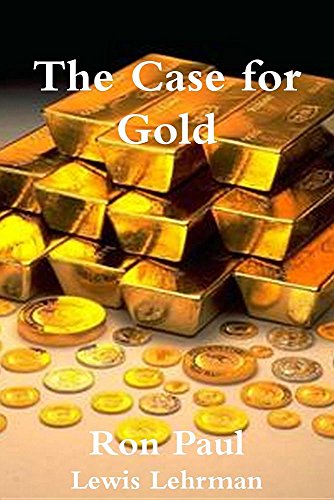Owners of Bitcoin have endured a wild ride in recent years. While the coin could fetch $900 when 2017 began, one year later its value briefly moved above $20,000. At present, one Bitcoin exchanges for roughly $5,000.
The coin’s substantial volatility ably explains why, at least for now, it’s not seen as a worthy substitute for the dollar. It more realistically exhibits the floating dollar’s worst qualities, many times over.
Indeed, imagine entering into a transaction in which payment would be made in the cryptocurrency. I’ll pay you 10 Bitcoin to remodel my kitchen. Ok, but which Bitcoin? The 2017 version, or the much more valuable coin of 2018? How about I pay you 10 Bitcoin now, and 10 in April of 2020 to add on a room to my house? Assuming continued volatility, someone’s going to be very unhappy next April.
So while Bitcoin fails in the present as a dollar replacement, its volatility instructs. Who among us would comfortably enter into a transaction in which the medium of exchange facilitating the transaction is bouncing around in the most erratic of ways? The question is rhetorical.
 The Case for Gold
Best Price: $199.99
(as of 04:55 UTC - Details)
And it’s one that helps explain the ongoing desire among some monetary thinkers to relink currencies to gold. Gold didn’t emerge as the primary definer of money by coincidence, but instead because its value is so remarkably stable. The latter is an effect of gold’s unique stock/flow characteristics. While roughly 2,000 metric tons of the yellow metal are mined each year, there are already around 200,000 metric tons of gold above ground. Gold is the “constant” simply because any sales or discoveries of it are highly unlikely to alter its price in material fashion. A dollar, euro, pound, or yuan defined in terms of a gold ounce takes on characteristics of stability that give money its sole purpose as a medium of exchange. As Adam Smith long ago put it, “the sole use of money is to circulate consumable goods.”
The Case for Gold
Best Price: $199.99
(as of 04:55 UTC - Details)
And it’s one that helps explain the ongoing desire among some monetary thinkers to relink currencies to gold. Gold didn’t emerge as the primary definer of money by coincidence, but instead because its value is so remarkably stable. The latter is an effect of gold’s unique stock/flow characteristics. While roughly 2,000 metric tons of the yellow metal are mined each year, there are already around 200,000 metric tons of gold above ground. Gold is the “constant” simply because any sales or discoveries of it are highly unlikely to alter its price in material fashion. A dollar, euro, pound, or yuan defined in terms of a gold ounce takes on characteristics of stability that give money its sole purpose as a medium of exchange. As Adam Smith long ago put it, “the sole use of money is to circulate consumable goods.”
It’s a reminder that when we transact, we’re ultimately exchanging products for products; money merely an agreement about value among producers that enhances the quality of the exchange. If the monetary unit is stable, buyer and seller have the highest odds of attaining equal value in return for what they bring to market. The problem is that since the early 1970s, money has floated without definition.
While a dollar was exchangeable for 1/35th of an ounce of gold in August of 1971, it now buys roughly 1/1300th of an ounce. A dollar that used to purchase almost ½ of a barrel of oil now purchases 1/60th. Readers get the picture. Since the early ‘70s the dollar has exhibited volatile qualities that bring to mind Bitcoin in modern times.
Gold proponents merely want to revive money’s historical purpose as a stable measure of value. For the same reason that no sane person would comfortably enter into a deal measured in Bitcoin, money of the dollar, euro, yen and pound variety similarly has demerits rooted in volatility. Re-linking currencies to gold would imbue them with the stability that would render them most useful as money. Yet critics abound.
Largely due to President Trump’s expressed plan to nominate gold supporters Herman Cain and Stephen Moore to the Federal Reserve’s Board of Governors, critics of money defined in terms of gold have sharpened their knives. Notable here is that the criticism has come from both sides.
James Pethokoukis of the conservative American Enterprise Institute observed in a recent blog post that Moore’s past support for a gold-defined dollar disqualifies him as a nominee. At the Washington Post, Catherine Rampell haughtily declared that the gold standard “has been roundly rejected by actual economic experts,” including “every single economist surveyed by the University of Chicago’s IGM Economic Experts Panel.” Oh well, a 1980 letter signed by 364 top economists promised that Margaret Thatcher’s fiscal policies would bring about disaster in England…





